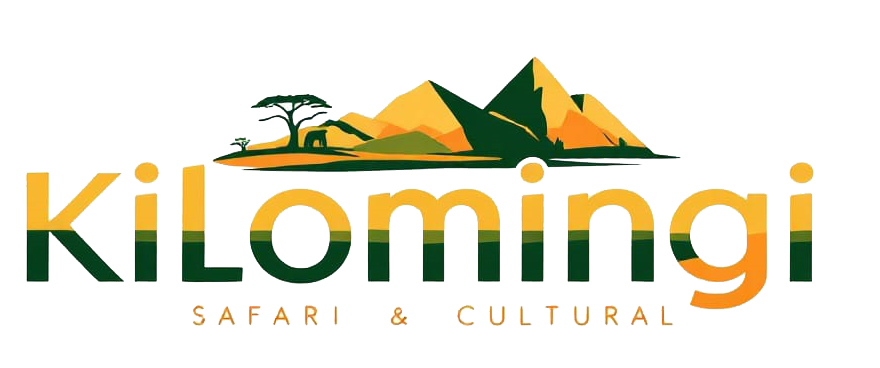Tanzania’s Garden of God
Nestled in Tanzania’s southern highlands, Kitulo National Park is a rare and magical destination, celebrated for its extraordinary botanical diversity and pristine montane grasslands. Rising 2,600 m (8,500 ft) above sea level between the Kipengere and Poroto mountain ranges, the park spans 412.9 sq km, straddling the Mbeya and Njombe regions. This is the first national park in tropical Africa created primarily to protect flora, earning it global recognition among nature lovers and scientists alike.

Locals lovingly call it Bustani ya Mungu – The Garden of God – while botanists worldwide refer to it as the Serengeti of Flowers. During the rainy season from late November to April, the plateau bursts into one of the most spectacular wildflower displays in the world, painting the grasslands in sweeping carpets of colour. Over 350 species of vascular plants thrive here, including 45 terrestrial orchids, vibrant yellow-orange red-hot pokers, delicate lilies, striking proteas, giant lobelias, aloes, geraniums, aster daisies, and more than 30 species endemic to southern Tanzania.
A Unique Mountain Ecosystem
Kitulo’s well-watered volcanic soils form the largest and most important montane grassland ecosystem in Tanzania, making it a vital habitat for both plant and animal life. It is also one of the most important watersheds feeding the Great Ruaha River, supporting life far beyond the park’s borders.
Wildlife and Birds
While big game is scarce, a few hardy mountain reedbuck and eland roam the open plains. However, Kitulo’s real treasures are its birds. This is the only place in Tanzania where you can find Denham’s bustard and a breeding colony of the endangered blue swallow. Other range-restricted species include the Njombe cisticola, mountain marsh widow, and Kipengere seedeater. The park is also home to rare and endemic butterflies, chameleons, frogs, and lizards – making it a biodiversity hotspot for researchers and photographers.
Activities in Kitulo National Park
Kitulo is a paradise for hikers, botanists, and birdwatchers, offering a variety of activities:
Wildflower Viewing: Experience the peak bloom from December to April, when the grasslands turn into a living rainbow
Hiking & Trekking: Explore open grasslands, climb neighbouring mountains, and follow scenic ridges with panoramic views
Birdwatching: Spot rare and endemic birds in one of Tanzania’s least disturbed habitats
Mountain Adventures: Trek across the Livingstone Mountains to Matema Beach on Lake Nyasa – a stunning half-day journey
Getting There
Kitulo is accessible only by 4×4 vehicle. From Chimala (78 km east of Mbeya along the road to Dar es Salaam), take the breathtaking Hamsini na Saba Road, named for its 57 hairpin bends, up to Matamba. From there, it’s another hour’s drive to the plateau. Basic public transport is available but irregular and not recommended for tight schedules.
Best Time to Visit
Peak Wildflower Season: December – April
Hiking: September – November
Peaceful and Quiet: June – August
